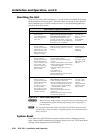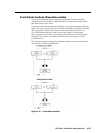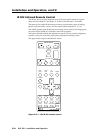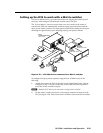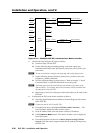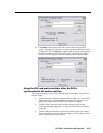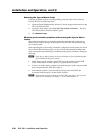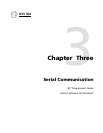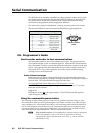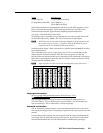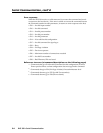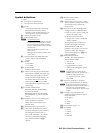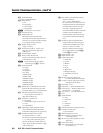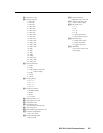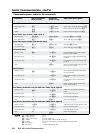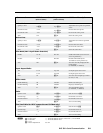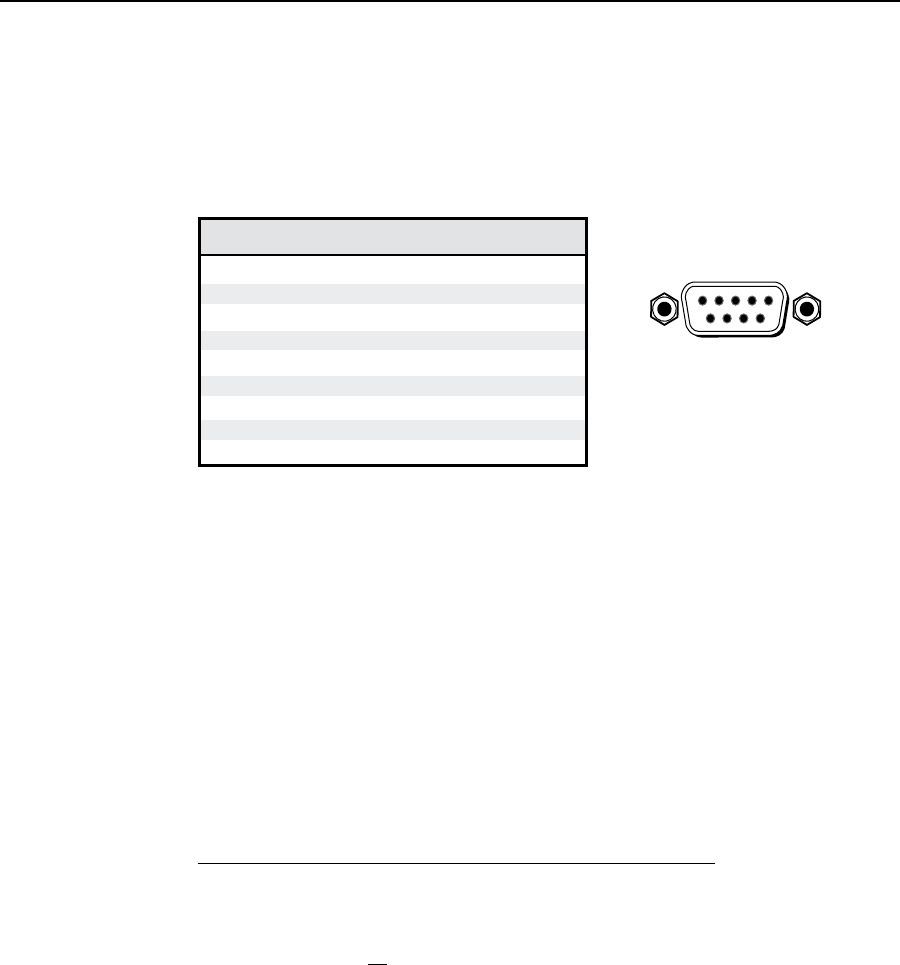
DVS 304 • Serial Communication
3-2
Serial Communication
The DVS 304 can be remotely controlled via a host computer or other device (such
as a control system) attached to the rear panel RS-232 connector or the LAN port.
The control device (host) can use either Extron’s Simple Instruction Set (SIS
™
)
commands or the graphical control program for Windows.
The scaler uses a protocol of 9600 baud, 1 stop bit, no parity, and no flow control.
The rear panel RS-232 9-pin D connector has the following pin assignments:
Pin RS-232 function Description
1 Input #1 Contact closure
2 Tx Transmit data
3 Rx Receive data
4 Input #2 Contact closure
5 Gnd Signal ground
6 Input #3 Contact closure
7 Input #4 Contact closure
8 – No connection
9 – Reserved
SIS
™
Programmer’s Guide
Host to-scaler and scaler to host communications
SIS commands consist of one or more characters per field. No special characters
are required to begin or end a command sequence. When the DVS 304 determines
that a command is valid, it executes the command and sends a response to the host
device. All responses from the scaler to the host end with a carriage return and a
line feed (CR/LF = ]), which signals the end of the response character string.
A string is one or more characters.
Scaler-initiated messages
When a local event such as a front panel selection or adjustment takes place, the
DVS 304 scaler responds by sending a message to the host. No response is required
from the host. The scaler-initiated messages are listed here.
(C) Copyright 2008, Extron Electronics, DVS 304 series, Vx.xx ]
The DVS 304 sends the copyright message when it first powers on. Vx.xx is the
firmware version number.
In X! All ]
Reconfig ] (where X! is the input number). The DVS 304 sends this response
when an input is switched.
Using the command/response tables
The following are either Telnet (port 23) or Web browser (port 80) commands. There are some
minor differences when you are implementing these commands via Telnet or via URL encoding
using a Web browser. All commands listed below will work using either connection method but,
due to some limitations of the Web browser, the encapsulation characters are modified to make
sure that the Web browser will properly handle them. All examples in the command/response
table show the proper implementation in a Telnet or Web browser session.
N
Note for Web browsers: all non-alphanumeric characters must be represented
as their hex equivalent, such as %xx where xx equals the two character
representation of the hex byte that needs to be sent (e.g., a comma would be
represented as %2C).
DB9 Pin Locations
Female
51
96



